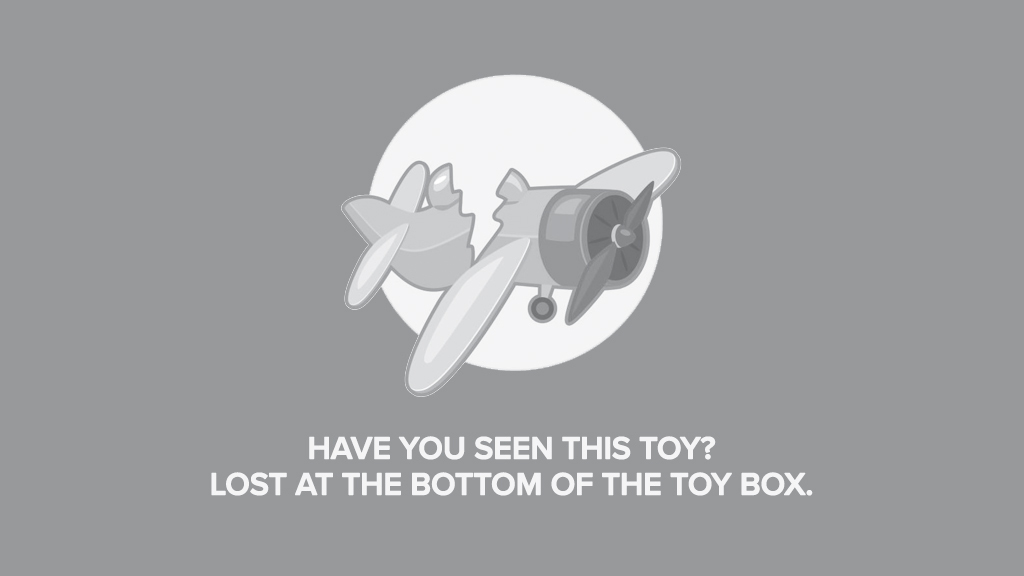Final post in a six-part series of posts on preparing for the annual trade event
By Julie Livingston, Director, business development and accounts, Child’s Play Communications, New York City
With Toy Fair officially over, it is time to take a quick breath and capitalize on the media interest your company or brand received during those intense four days. You may return to a desk piled high and an overwhelming number of emails to answer, but don’t lose the momentum you’ve created. Many Toy Fair exhibitors come back from the show re-energized about their own businesses, so now is a good time to move fast. If you wait more than two weeks after Toy Fair to start following up on media leads, there’s a good chance you’ll never do it. Following are tips on the most effective ways to keep the momentum going after the show:
1. Re-read Toy Fair notes and identify next steps: Transcribe your Toy Fair meeting notes as soon as possible while the show experience is still fresh in your mind. Ask other colleagues to review and “weigh in” from their perspective. With input from everyone who worked the booth, keep a record of which media outlets stopped by and who worked with them. Importantly, note any issues or problems. Did a reporter come early or late to an appointment, finding that there was no one available to work with them? How was this handled? Were bloggers treated with respect? How were business cards collected? How could these things be handled better in the future?
2. Add new contacts to your database or contact management system: Add all new contacts to your existing media database to keep the relationship going so reporters receive future mailings beyond Toy Fair. Follow individual reporters on Twitter if possible to show your interest. Catalog any and all business cards—I save them in a Toy Fair 2012 binder using business card-size plastic sleeves to keep them together.
3. Make the first follow-up: Send a thank you to the reporter by email (which is the method most media representatives use). Thank them for visiting your booth, remind them of your top toys, brands, or licensed properties and tell them they will be hearing from you soon. The more personal your follow up, the greater the impact it will have, and the least likely it will end up as spam. Avoid sending a mass email thank you as this is a turn off.
Follow your note with a quick phone call and a specific call to action. Something like, “We had the pleasure of meeting at Toy Fair. You expressed interest in my widget for your upcoming story/TV segment on craft toys, and I wanted to follow up. You can reach me back by email (note email address) or by phone at (area code and direct phone number)” is sufficient.
4. Do what you promised – immediately: and send anything that was promised, such as additional information or a product sample. Reference your Toy Fair discussion and specific interest in your toys or youth entertainment products, such as, “You expressed interest in our red balloon for your story on red toys…”
5. No-shows or cancellations: As is often the case due to over-scheduling or breaking news, there are reporters with whom you had an appointment, but they didn’t show up. Add these individuals to your database as well and follow up by email or phone.
6. Ongoing contact: Even though a reporter may have expressed initial interest in your toy during Toy Fair, their reporting assignment may have changed since your meeting. Continue to follow up by email or phone every few months with a news update to keep the connection intact. Send them a link to your Facebook page, Twitter handle, brochure, blog, or e-newsletter, if available.
7. Be patient and consistent: Many of the reporters you met at Toy Fair are also catching up on work that fell by the wayside while they were out. Don’t be discouraged if your follow up calls or emails go unanswered. Note that you may need to follow up more than once.
8. Social media: Be sure to update all of your company social media platforms with photos and comments from the 2012 Toy Fair. If reporters or bloggers are following you on Facebook, Twitter, LinkedIn, YouTube, or Pinterest, this will keep your brand top-of-mind.
Making the most of the 2012 Toy Fair—noting your successes, inconsistencies, and potential failures—will help you develop a better, more effective media relations program going forward. It is an ongoing process, and one that is always in development and in need of fine-tuning.
About the author
A strategic communications expert, Julie Livingston has spent the past decade immersed in the toy and youth entertainment sectors. Before joining Child’s Play Communications, specialists in reaching moms, she was senior director of public relations for the Toy Industry Association, and earlier served as director, corporate communications, for Scholastic, Inc, the global children’s publishing, education, and media company.


